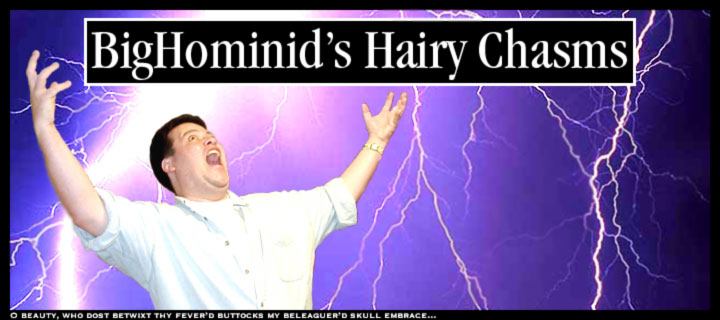Look at the following people:
Now get this: not a single person above is real. The company Nvidia has created an AI algorithm that has "learned" what human faces generally look like and can generate plausibly human faces that don't send you, the viewer, into the uncanny valley—that creepy, creeped-out range of emotions you feel when you're looking at something that seems awfully human, but that is just a tiny bit off (cf. Tarkin's facial movements in "Rogue One").
These images obviously aren't being generated out of whole cloth: the AI must start with actual human faces as a guide and template. But this sort of image-generation isn't a simple case of cut-and-paste, mix-and-match: the AI is indeed producing original faces.
Machine-learning enthusiasts have been freaking out about the results of Nvidia’s latest work—published to the arXiv preprint server this week—and for good reason. Not only do the images produced by the AI program look crystal clear and hyper-realistic, but the process for creating them was rather novel and opens up some mind-blowing possibilities.
The researchers combined the typical design of Generative Adversarial Networks (GANs)—computing architecture that very loosely mimics the human brain and “learns” from source images to generate new ones—with tips from the world of AI style transfer. In doing this, the Nvidia researchers could effectively blend human features to generate faces that morph in surprising and impressive ways.
While this no doubt raises the specter of rampant AI-generated images fooling us into thinking they’re real, it’s worth noting that pulling this off took a week of AI training on eight Nvidia Tesla graphics processors that cost thousands of dollars each—not something you find in your average gaming rig.
The spooky feeling that comes of realizing that AI is now capable of producing perfectly normal-looking human faces might be considered a kind of reverse uncanny valley.







No comments:
Post a Comment